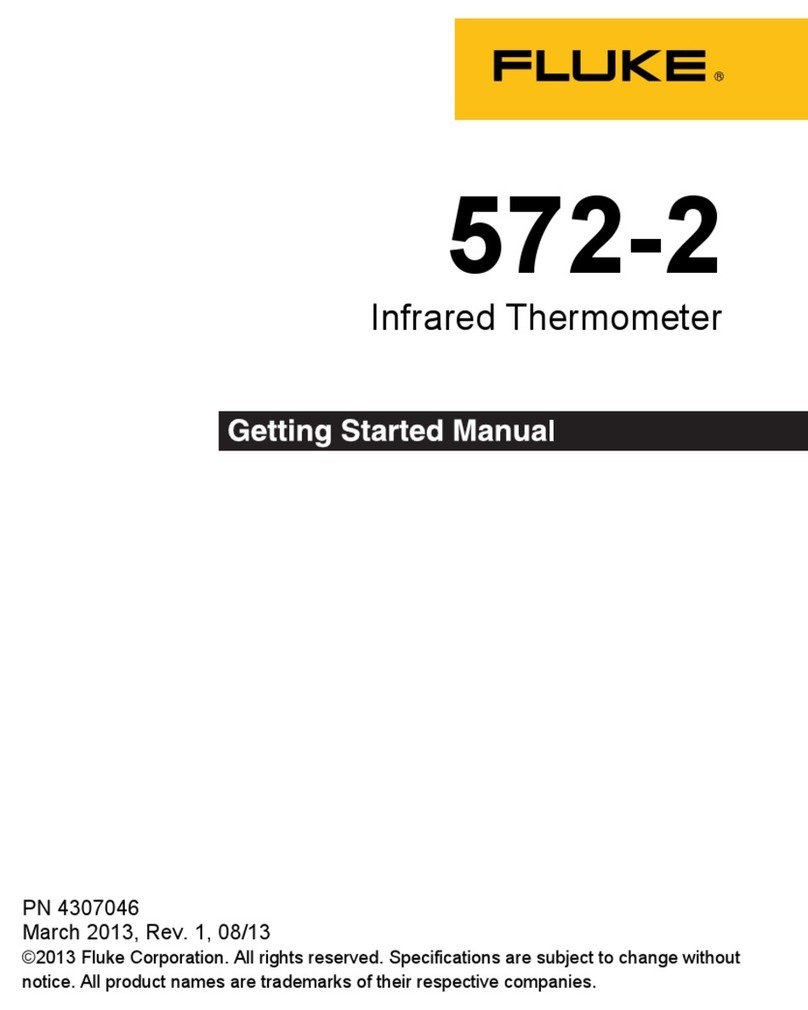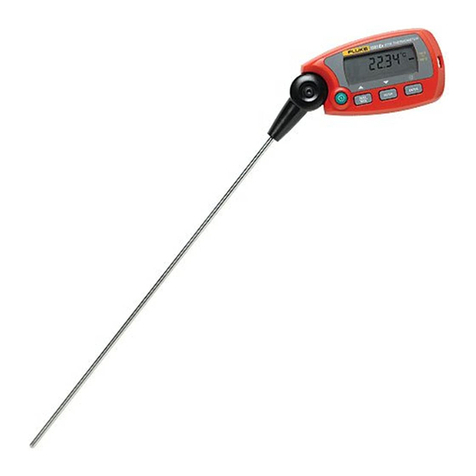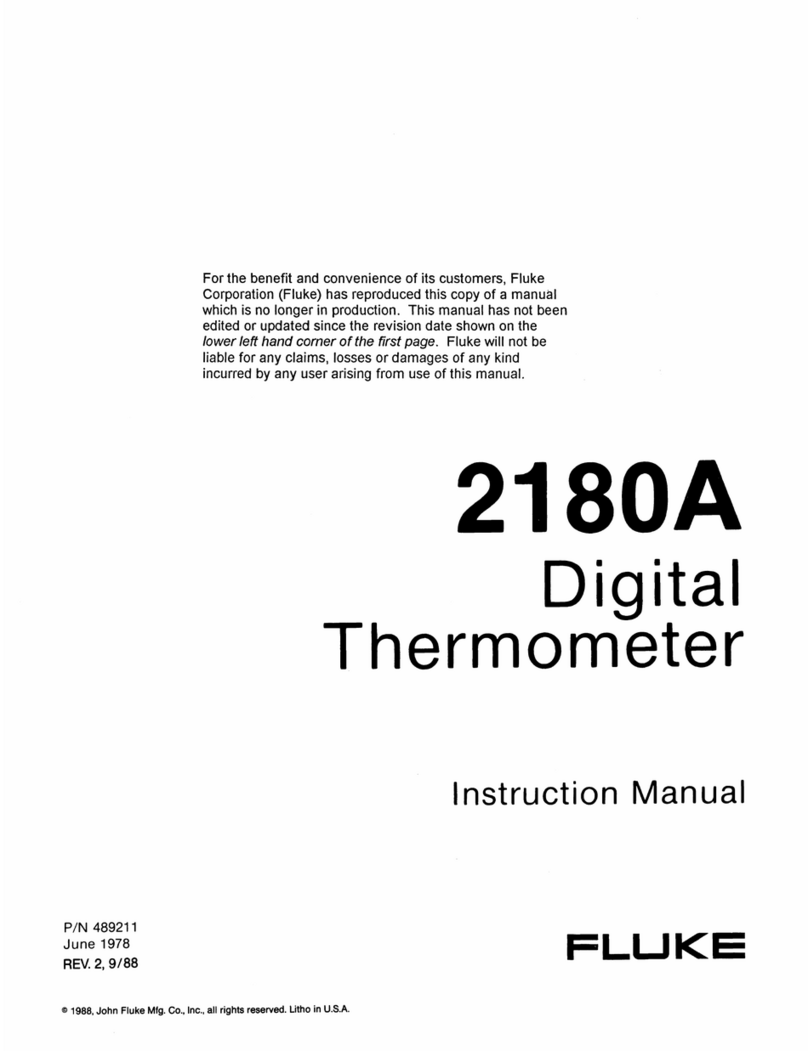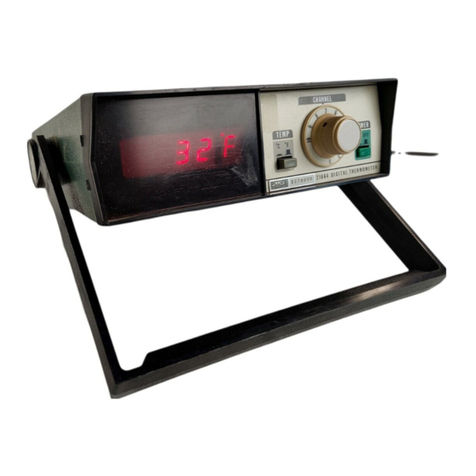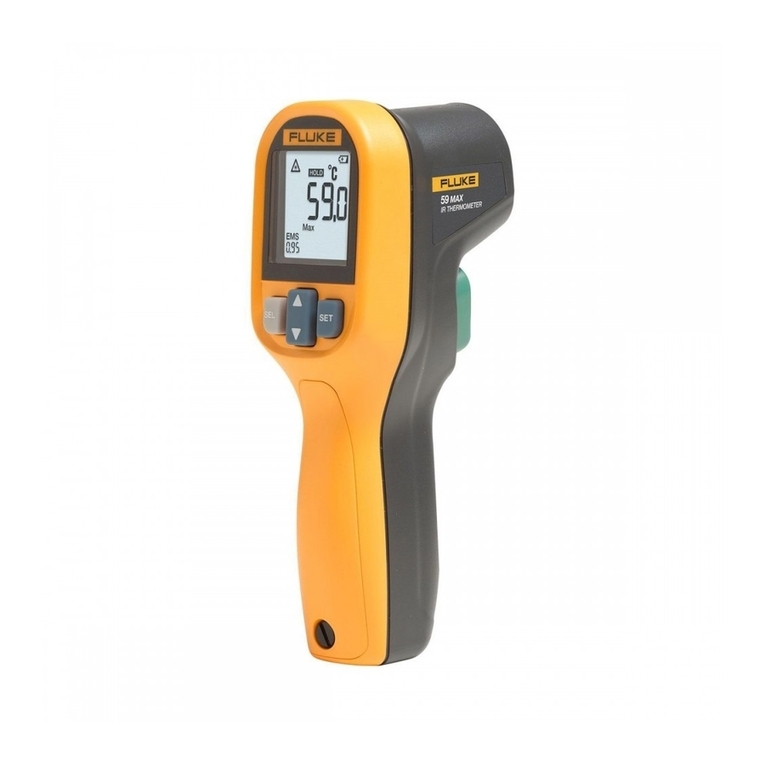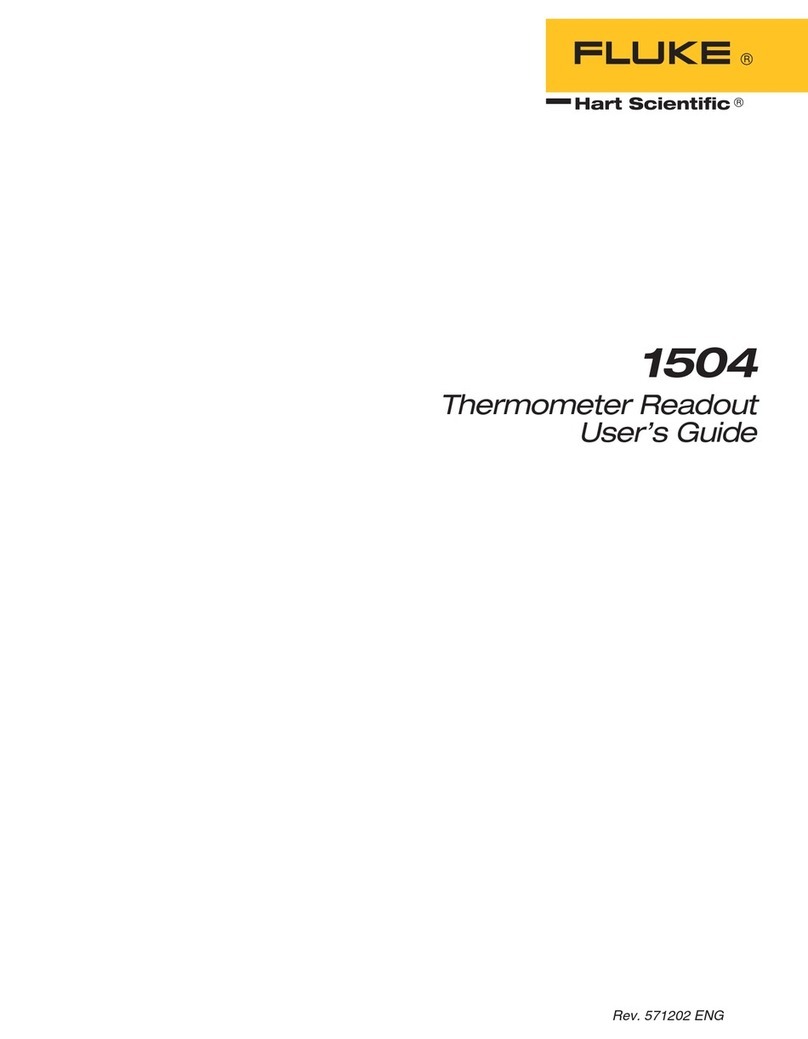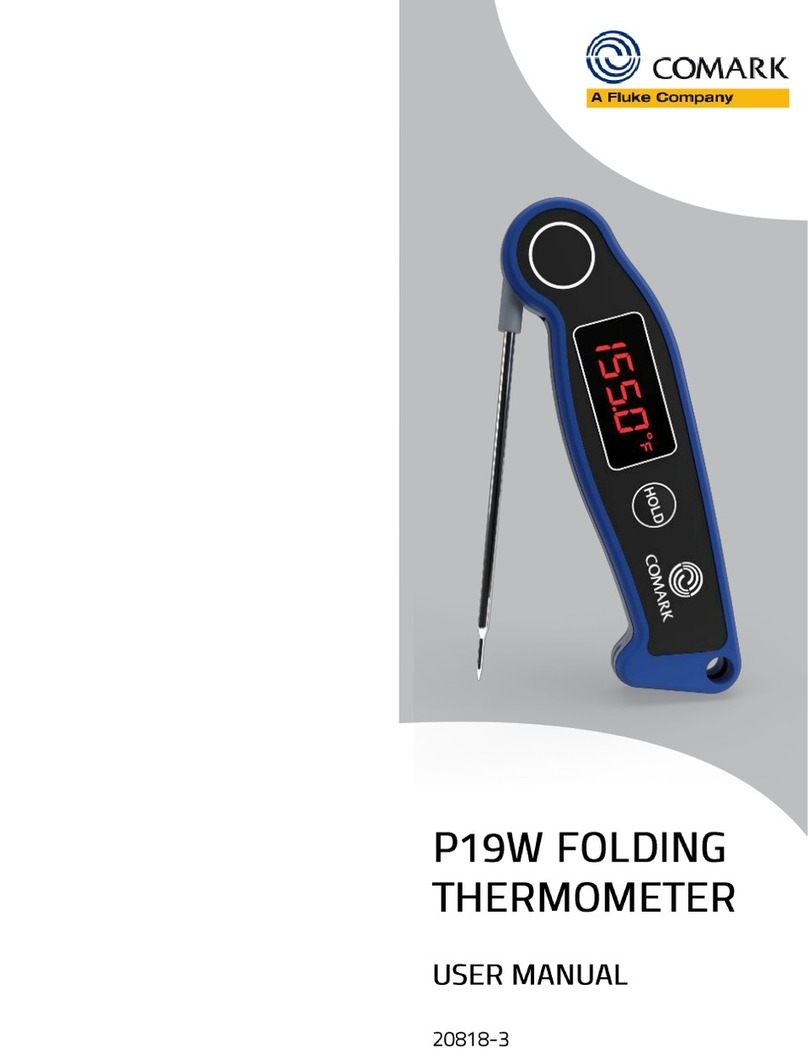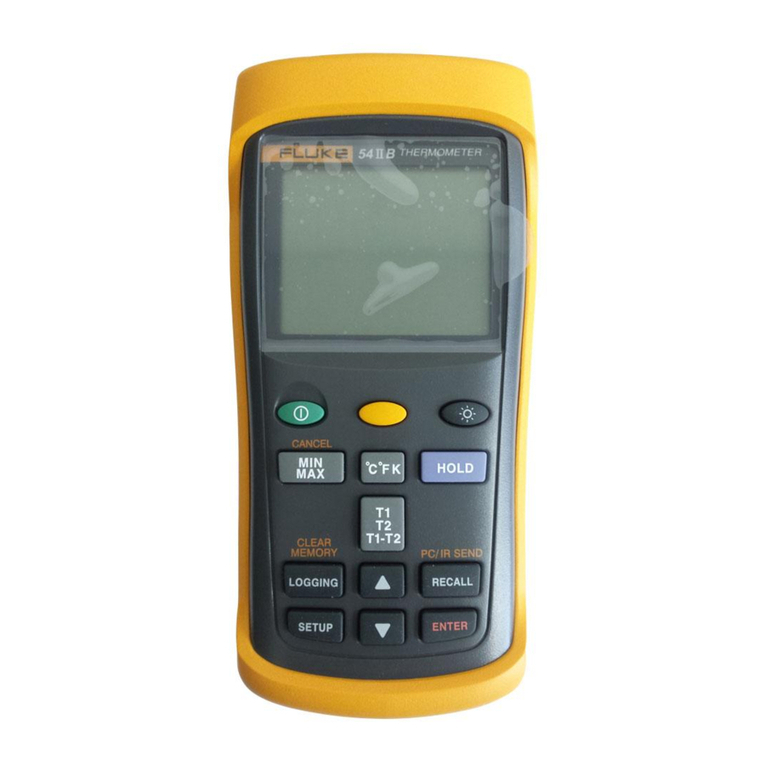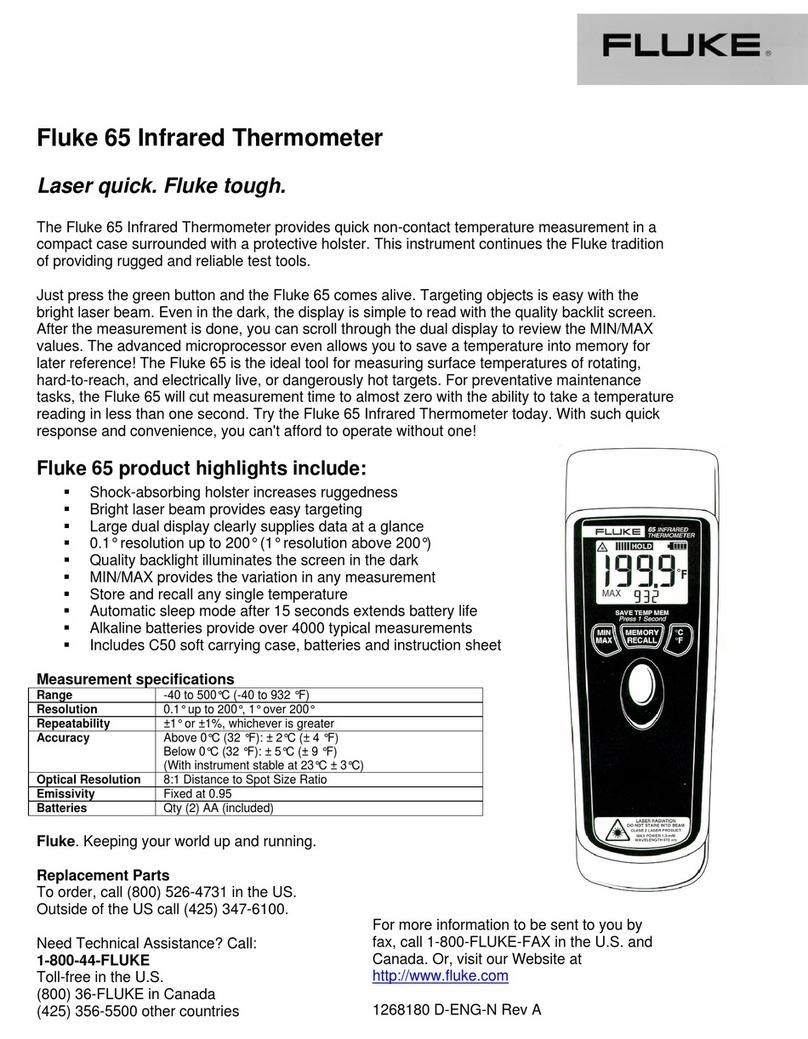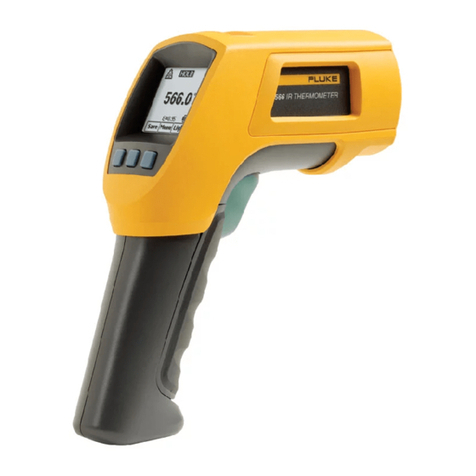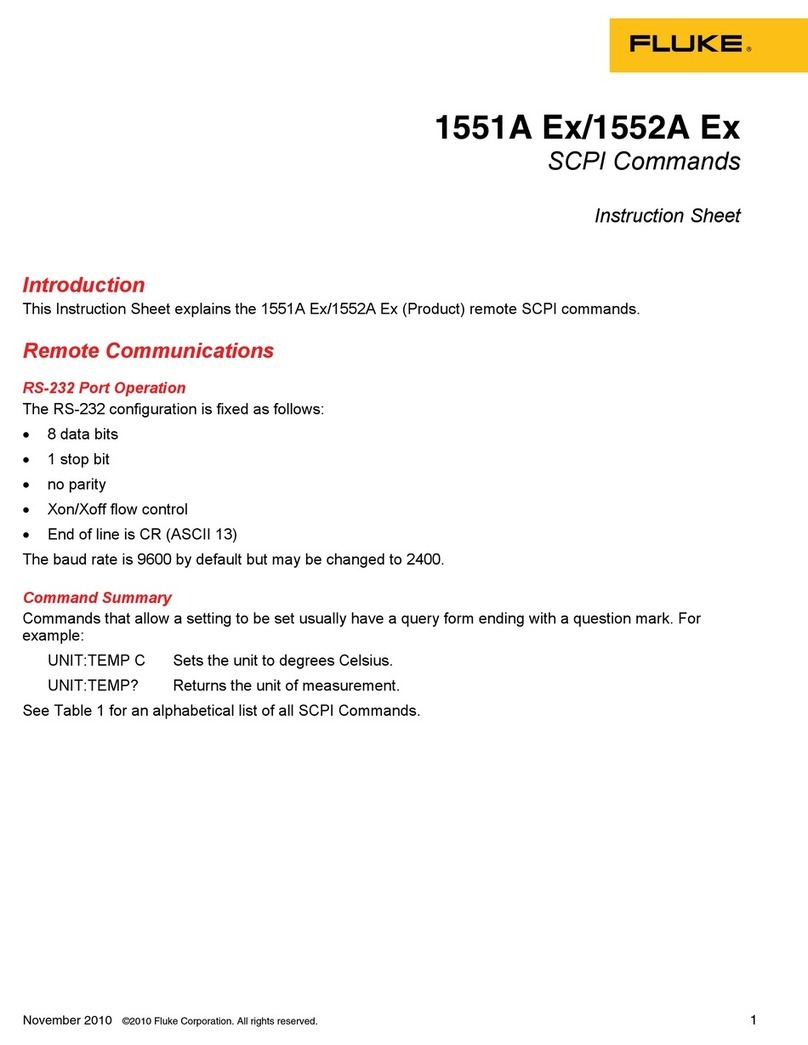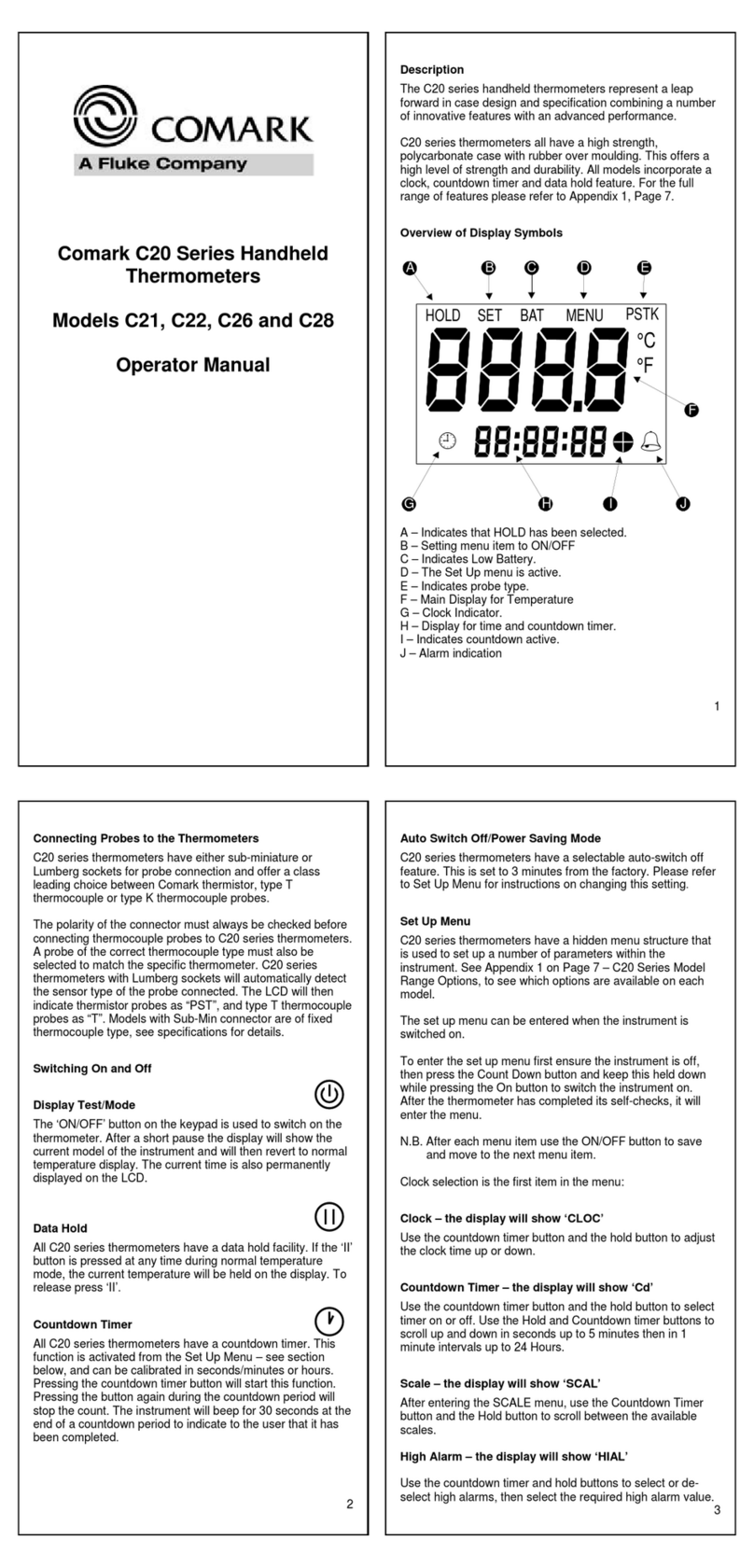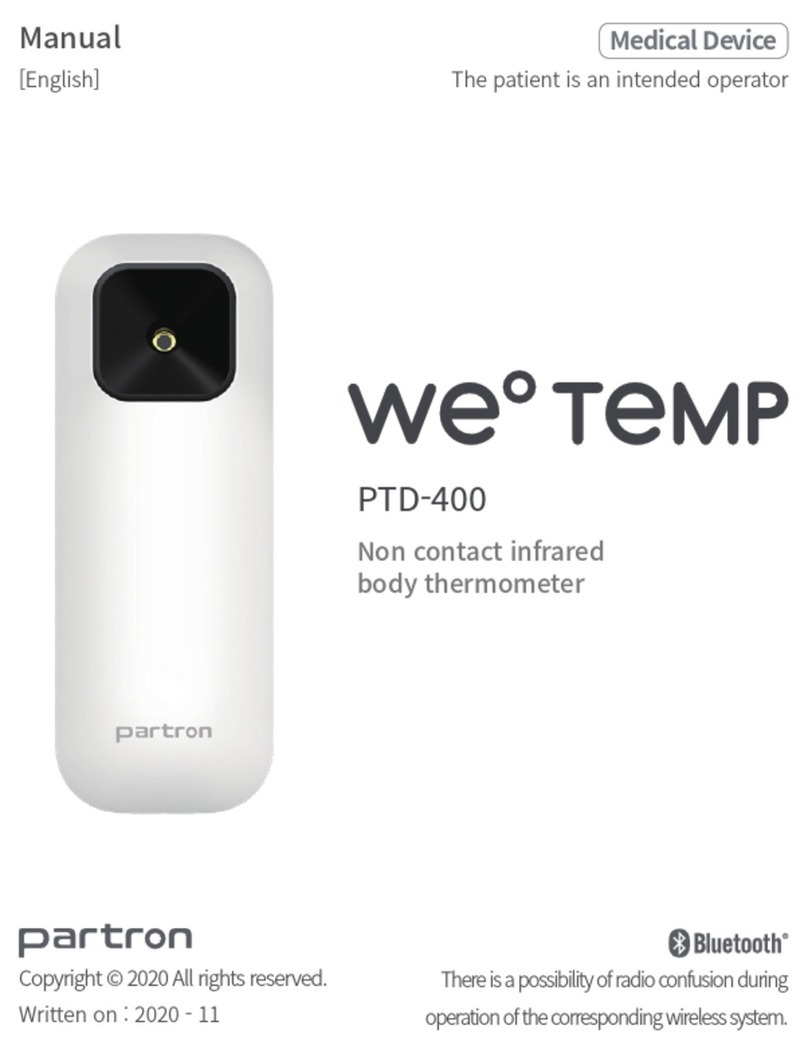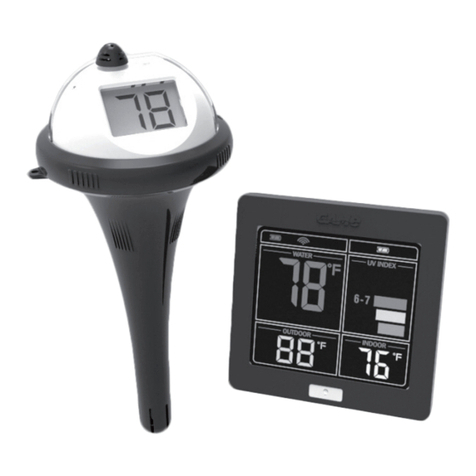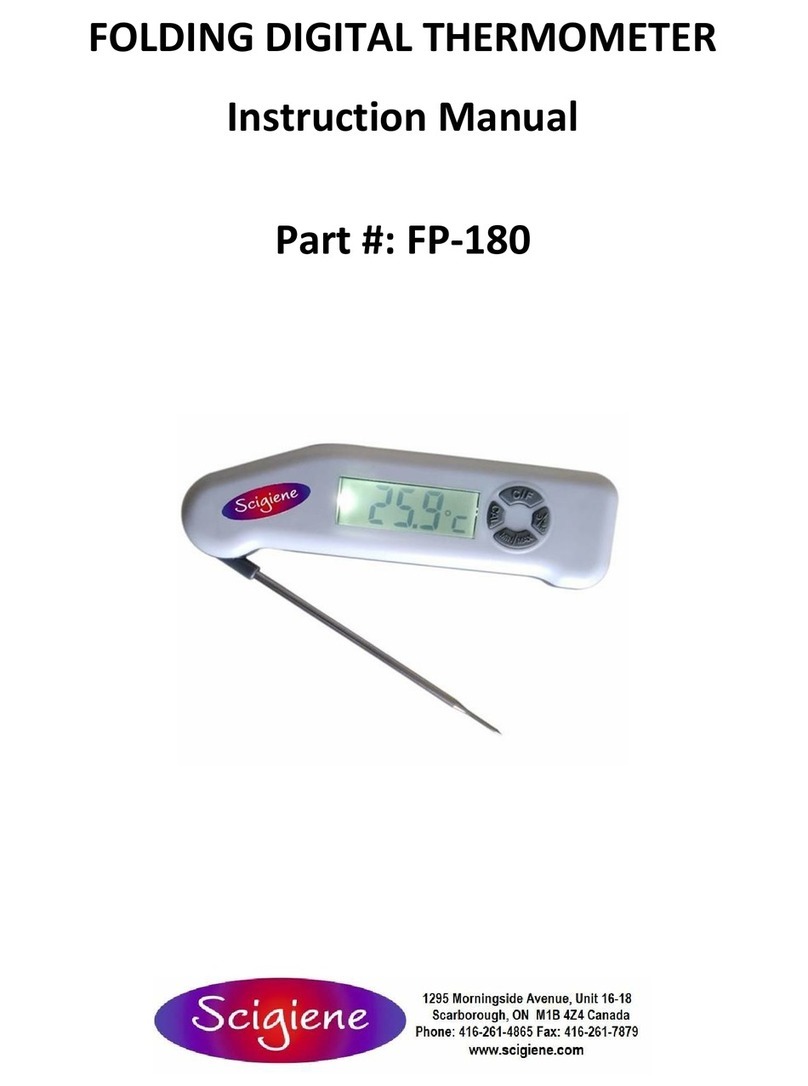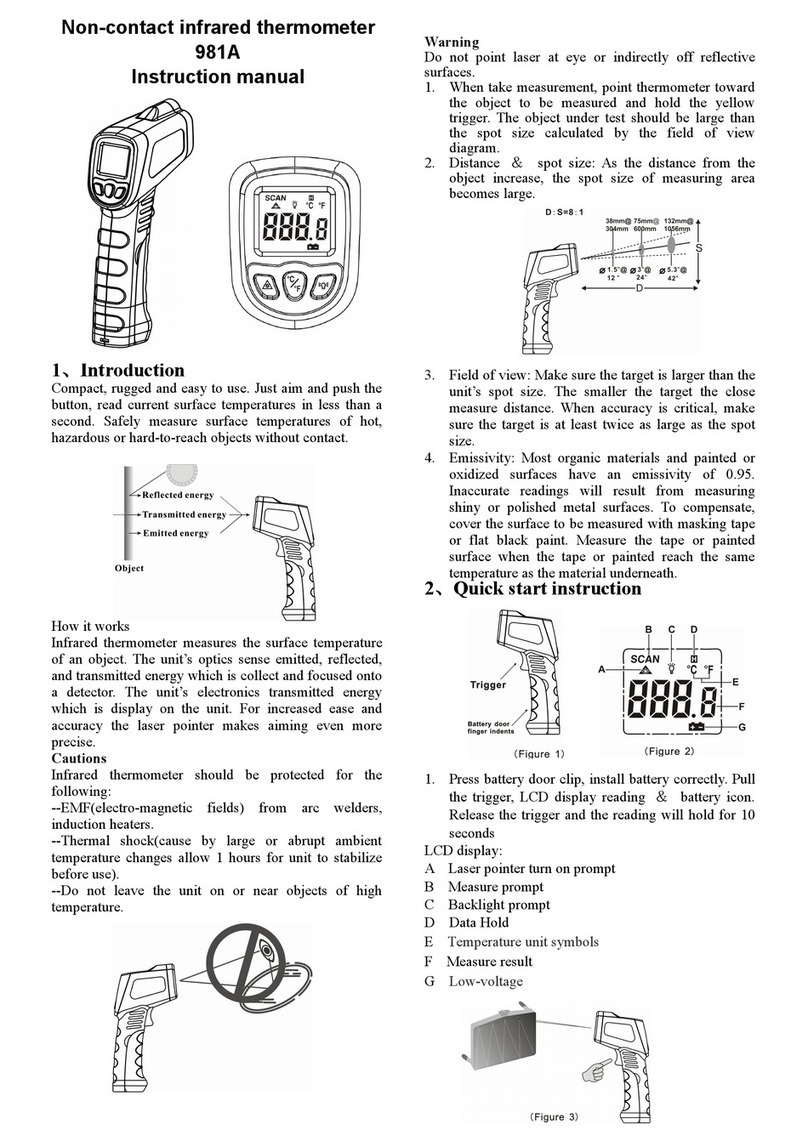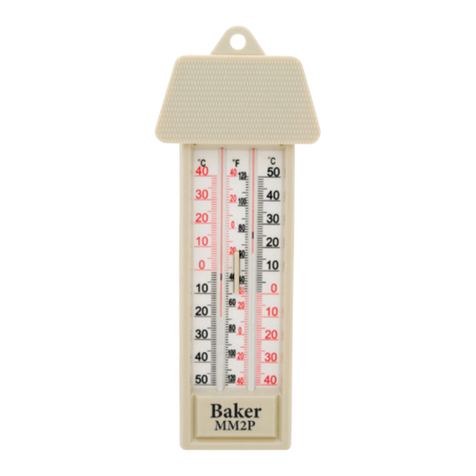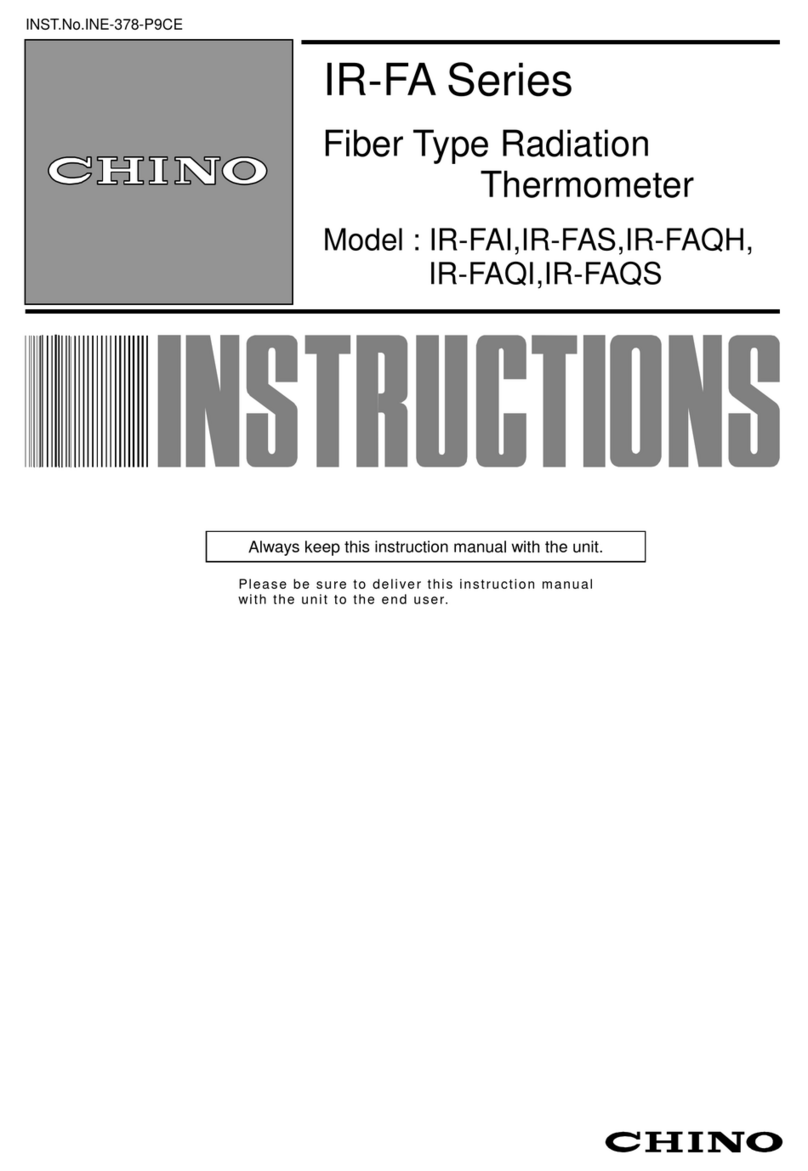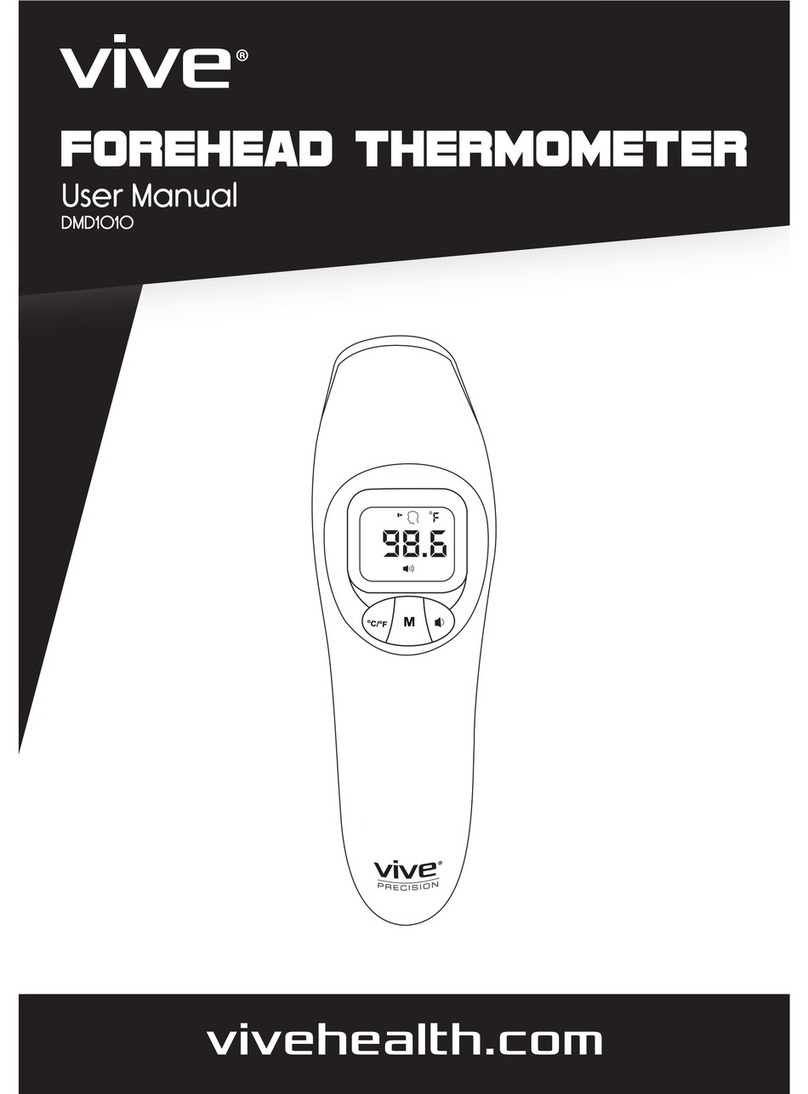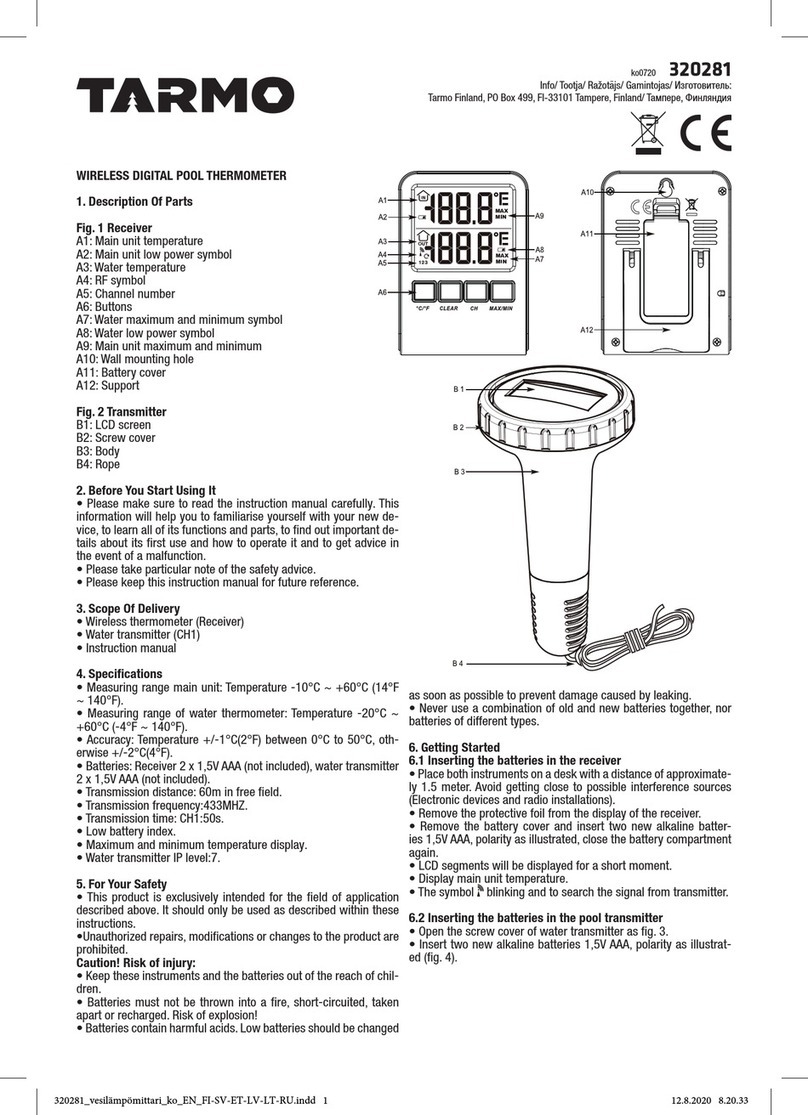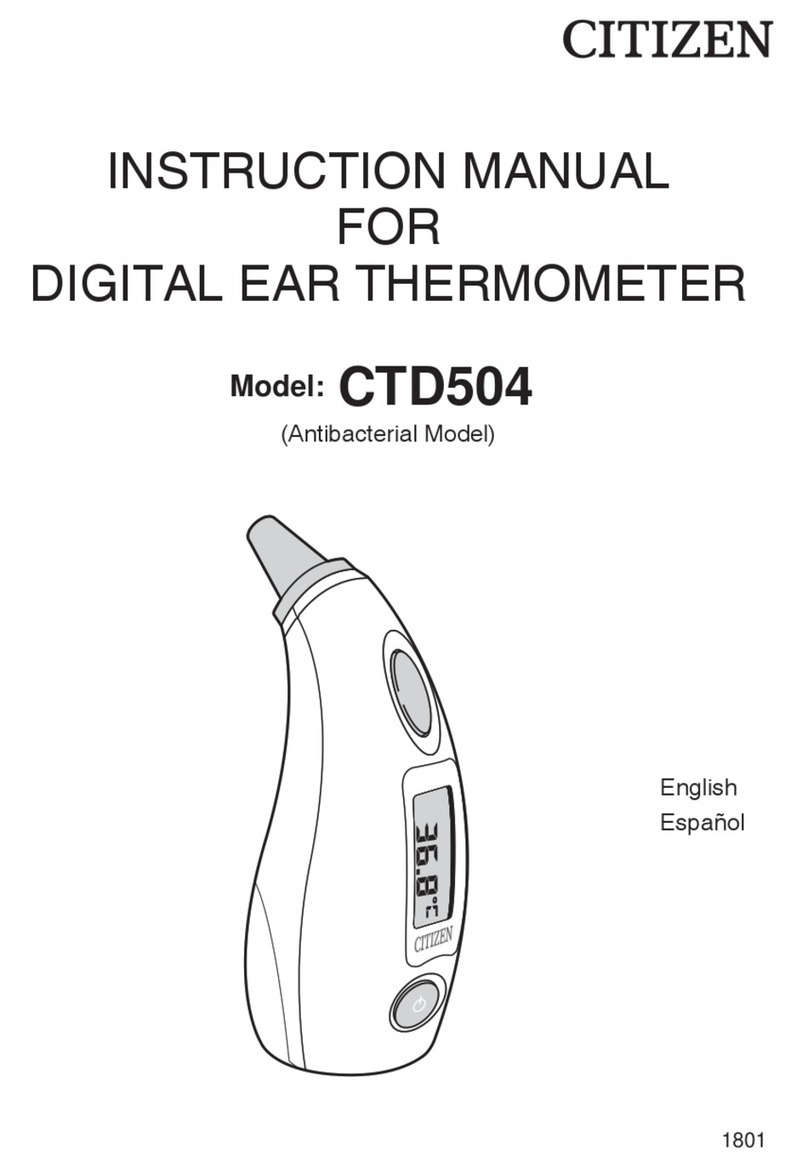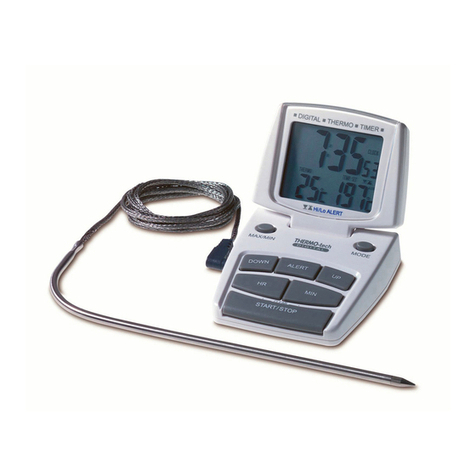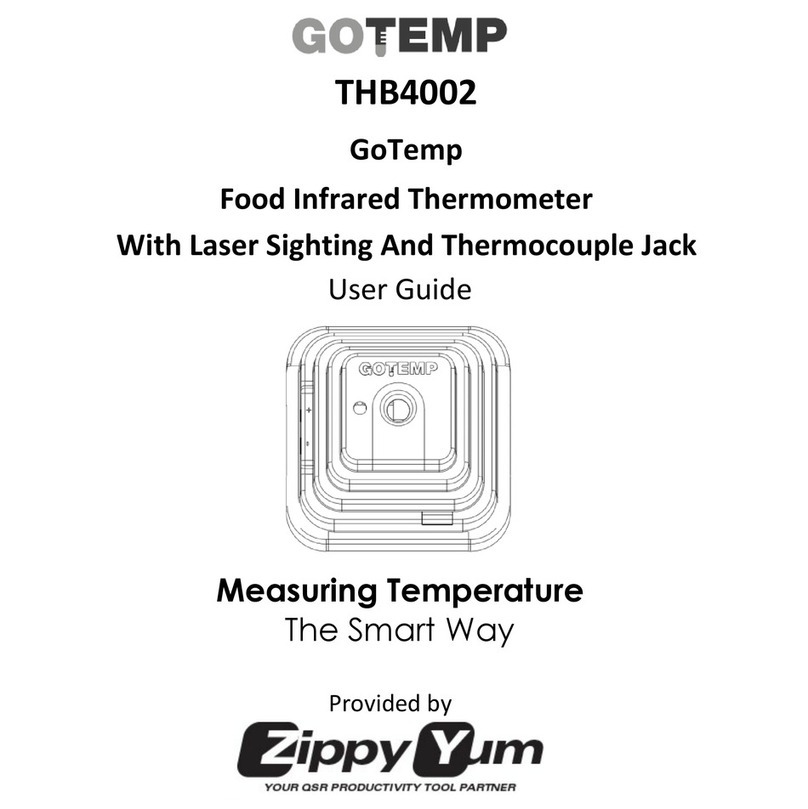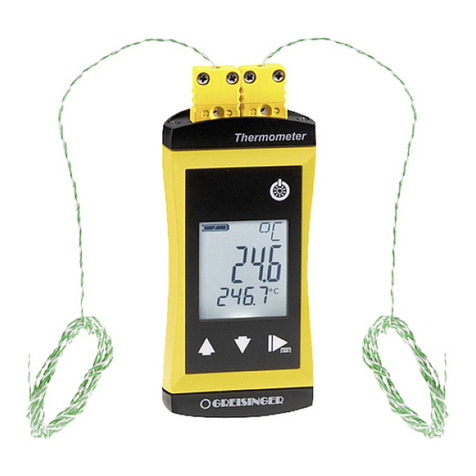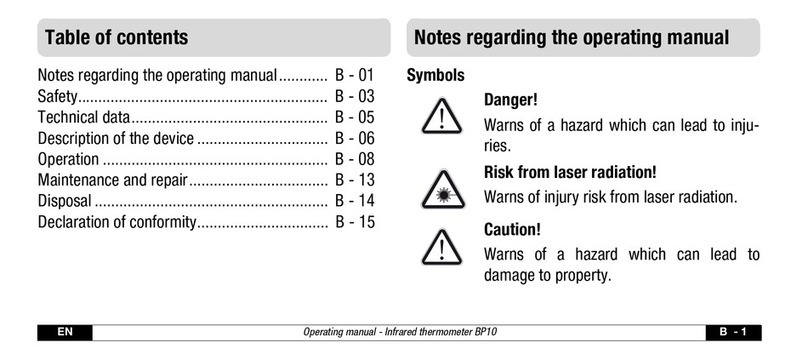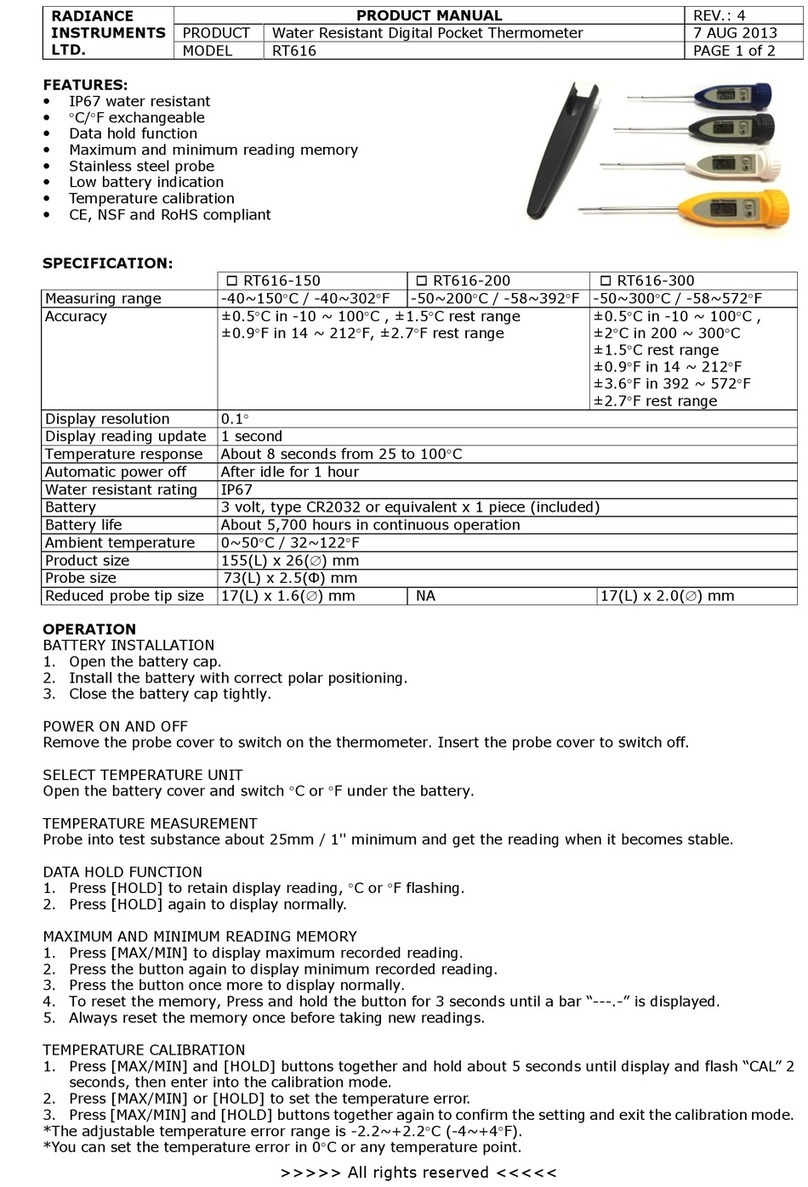
7.4.1 Scan Control . . . . . . . . . . . . . . . . . . . . . . . . . . . . . . 22
7.4.2 Scan Rate. . . . . . . . . . . . . . . . . . . . . . . . . . . . . . . . 22
7.5 Set-point Resistance . . . . . . . . . . . . . . . . . . . . . 23
7.6 Temperature Scale Units . . . . . . . . . . . . . . . . . . . 23
7.7 Secondary Menu . . . . . . . . . . . . . . . . . . . . . . . 23
7.8 Heater Power . . . . . . . . . . . . . . . . . . . . . . . . . 23
7.9 Proportional Band . . . . . . . . . . . . . . . . . . . . . . 24
7.10 Controller Configuration . . . . . . . . . . . . . . . . . . . 25
7.11 Operating Parameters . . . . . . . . . . . . . . . . . . . . 25
7.12 Serial Interface Parameters . . . . . . . . . . . . . . . . . . 26
7.12.1 Baud Rate . . . . . . . . . . . . . . . . . . . . . . . . . . . . . . . 26
7.12.2 Sample Period . . . . . . . . . . . . . . . . . . . . . . . . . . . . . 26
7.12.3 Duplex Mode . . . . . . . . . . . . . . . . . . . . . . . . . . . . . . 27
7.12.4 Linefeed . . . . . . . . . . . . . . . . . . . . . . . . . . . . . . . . 27
7.13 Calibration Parameters . . . . . . . . . . . . . . . . . . . . 27
7.13.1 R0 . . . . . . . . . . . . . . . . . . . . . . . . . . . . . . . . . . . 28
7.13.2 ALPHA . . . . . . . . . . . . . . . . . . . . . . . . . . . . . . . . . 28
7.13.3 DELTA . . . . . . . . . . . . . . . . . . . . . . . . . . . . . . . . . 28
7.13.4 BETA . . . . . . . . . . . . . . . . . . . . . . . . . . . . . . . . . . 28
8 Digital Communication Interface . . . . . . . . . . . . 29
8.1 Serial Communications . . . . . . . . . . . . . . . . . . . . 29
8.1.1 Wiring . . . . . . . . . . . . . . . . . . . . . . . . . . . . . . . . . 29
8.1.2 Setup . . . . . . . . . . . . . . . . . . . . . . . . . . . . . . . . . . 29
8.1.2.1 Baud Rate . . . . . . . . . . . . . . . . . . . . . . . . . . . . . . . . . . . 30
8.1.2.2 Sample Period . . . . . . . . . . . . . . . . . . . . . . . . . . . . . . . . . 30
8.1.2.3 Duplex Mode. . . . . . . . . . . . . . . . . . . . . . . . . . . . . . . . . . 30
8.1.2.4 Linefeed . . . . . . . . . . . . . . . . . . . . . . . . . . . . . . . . . . . . 30
8.1.3 Serial Operation . . . . . . . . . . . . . . . . . . . . . . . . . . . . 31
8.2 Interface Commands . . . . . . . . . . . . . . . . . . . . . 31
9 Calibration Procedure . . . . . . . . . . . . . . . . . . 35
9.1 Calibration Points. . . . . . . . . . . . . . . . . . . . . . . 35
9.2 Calibration Procedure . . . . . . . . . . . . . . . . . . . . 35
9.2.1 Compute DELTA . . . . . . . . . . . . . . . . . . . . . . . . . . . . 36
9.2.2 Compute R0 and ALPHA . . . . . . . . . . . . . . . . . . . . . . . . 36
9.2.3 Compute BETA . . . . . . . . . . . . . . . . . . . . . . . . . . . . . 37
9.2.4 Accuracy and Repeatability . . . . . . . . . . . . . . . . . . . . . . 37
10 Maintenance . . . . . . . . . . . . . . . . . . . . . . . 39
11 Troubleshooting . . . . . . . . . . . . . . . . . . . . . 41
11.1 Troubleshooting Problems, Possible Causes, and Solutions. . 41
11.2 Comments . . . . . . . . . . . . . . . . . . . . . . . . . . 43
ii
